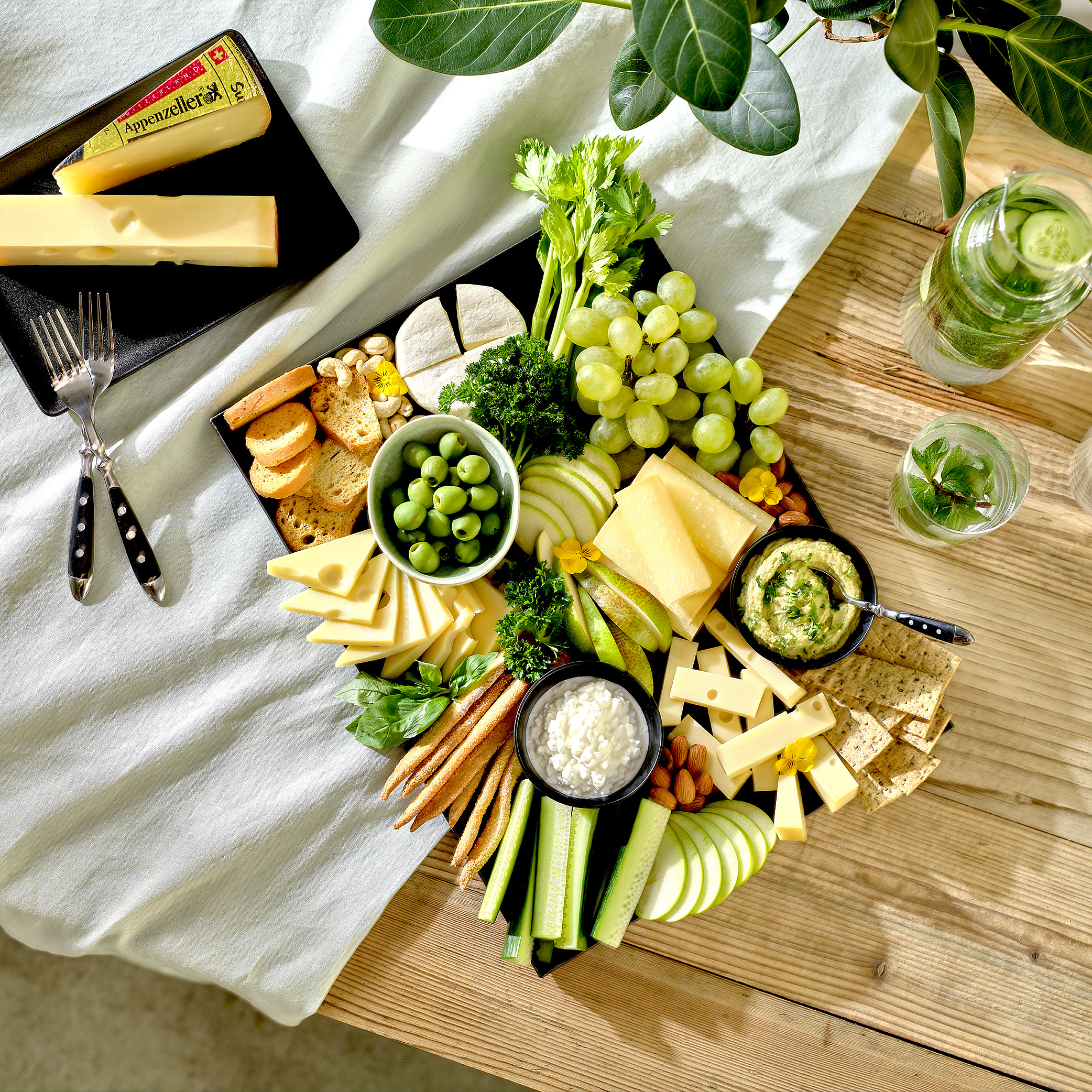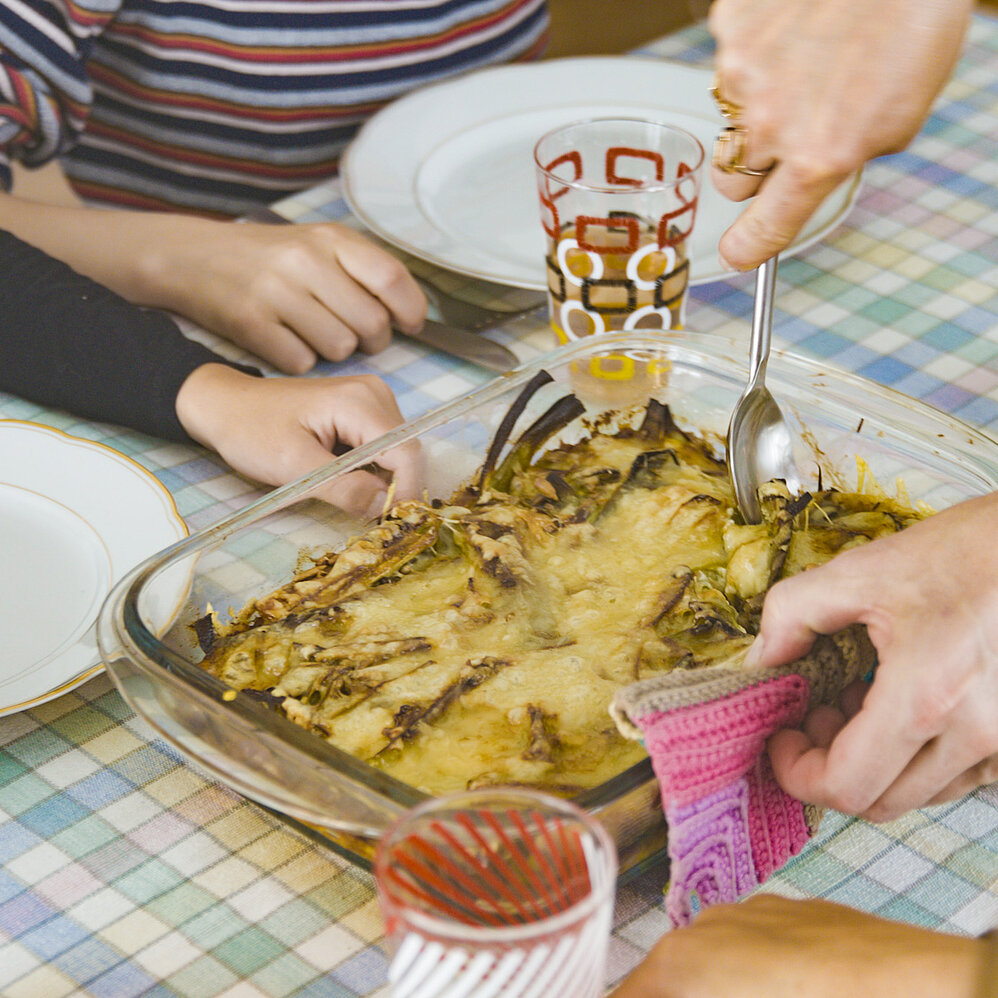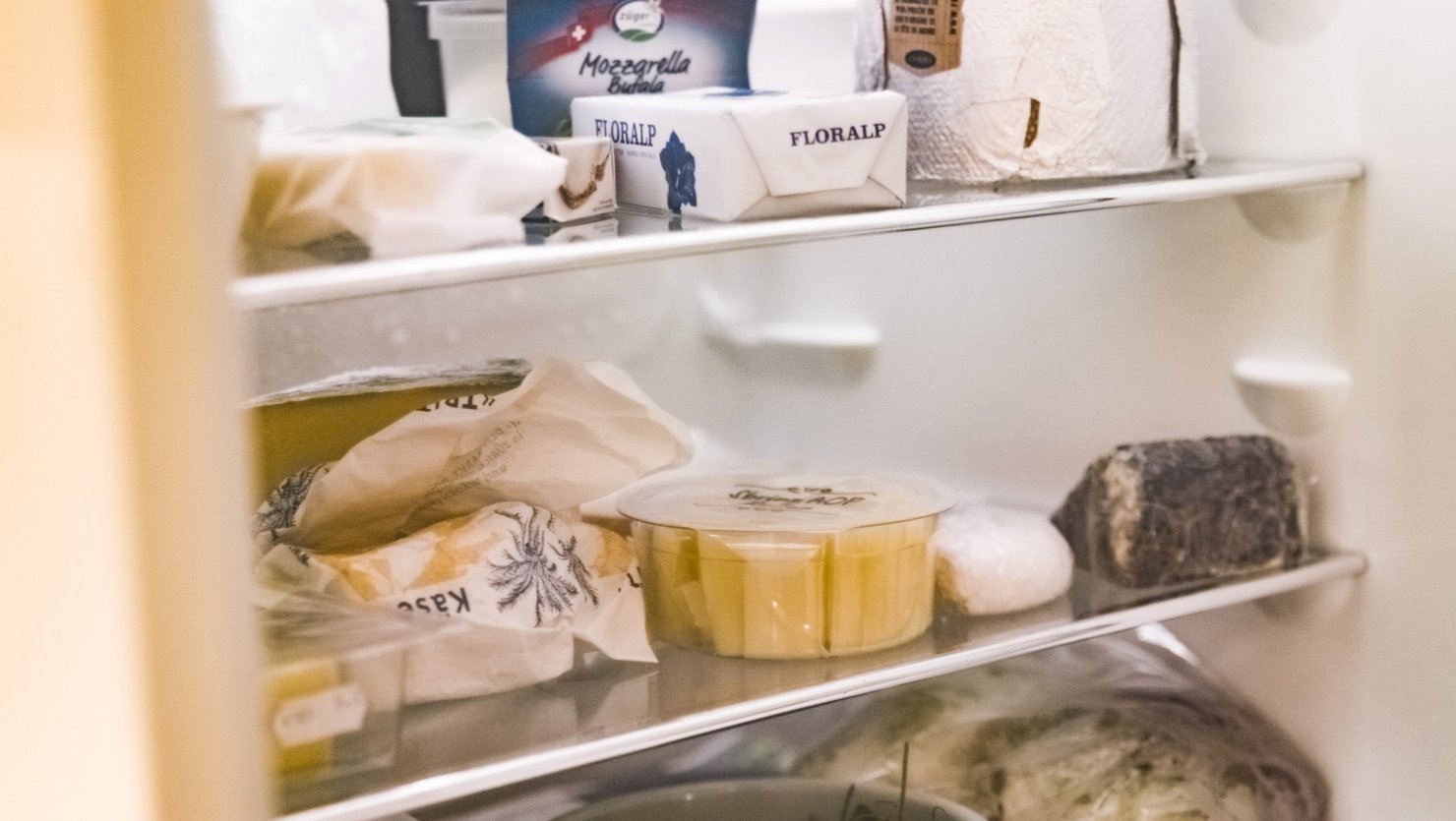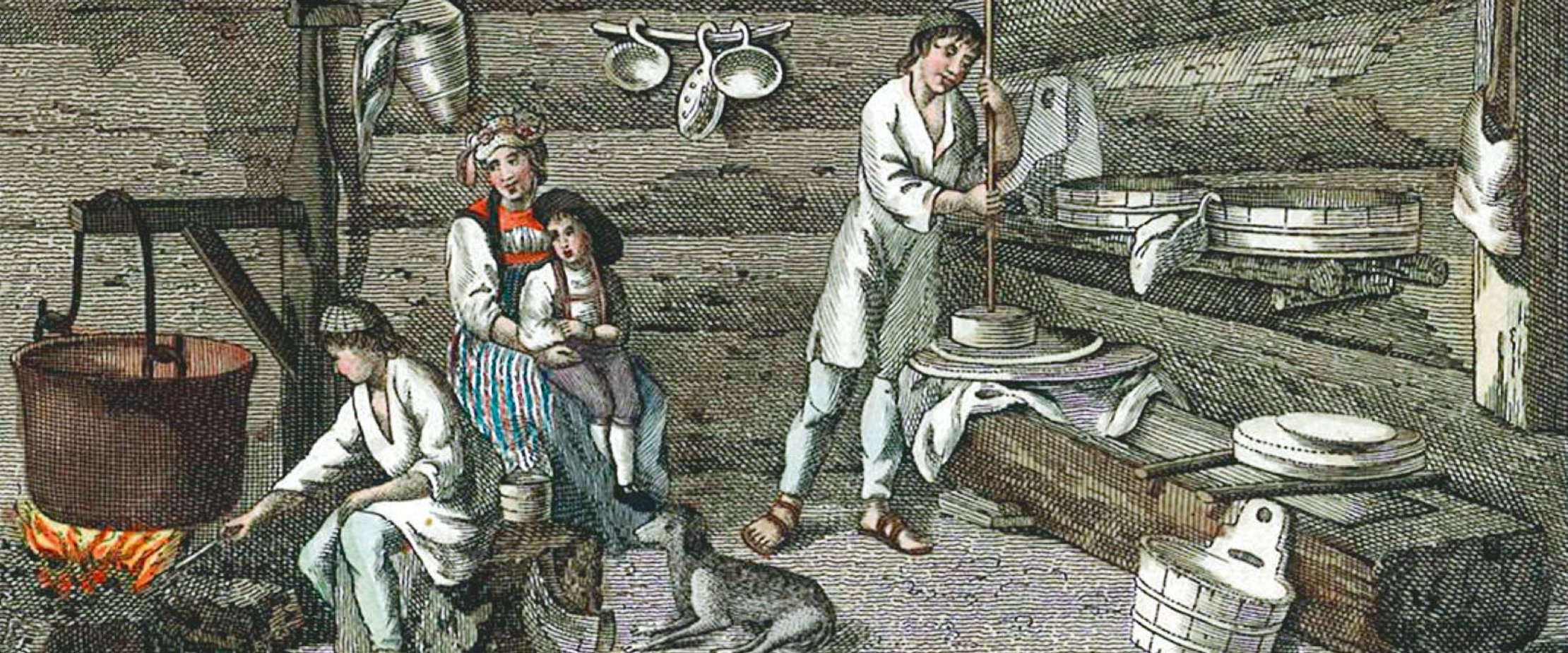Putting together a beautiful cheeseboard takes time, patience, imagination and dexterity. The basic rule is: do whatever you fancy. Nevertheless, it’s worth paying attention to a few tricks.
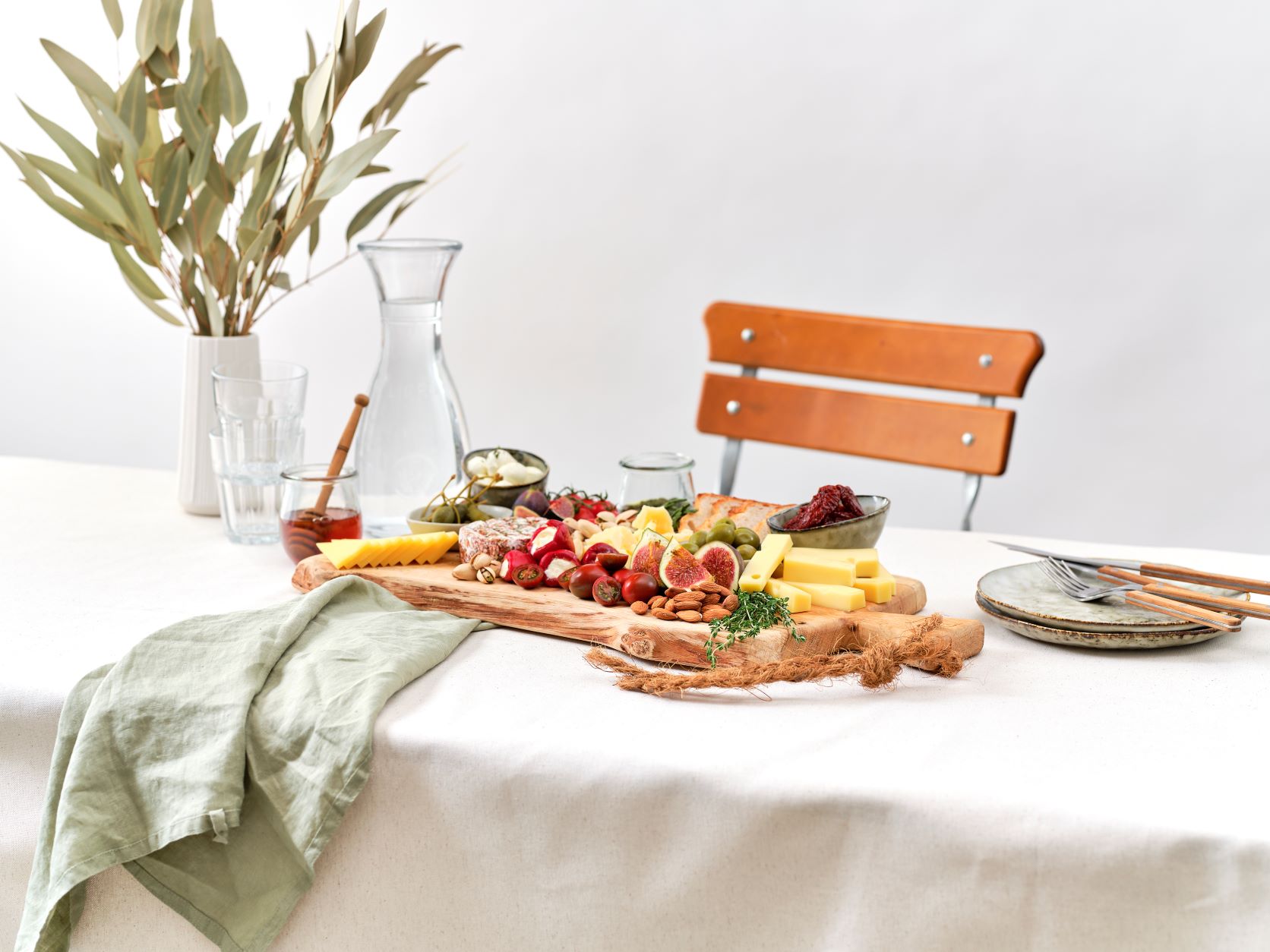
Selection
A cheeseboard is interesting if it offers a range of taste experiences. This can be achieved by using different types of cheese (extra-hard, hard, semi-hard and soft cheese) and by experimenting with different degrees of ripeness and types of milk. So you could try goat’s cheese, red-smear cheese or Swiss blue cheese, for example. You can also choose a theme for your cheeseboard, such as a certain region.
Quantities
The amount of cheese per person varies greatly according to the occasion and circumstances. It depends on the time and duration of the event as well as the hunger and eating capacity of the guests.
We recommend the following guidance amounts:
|
Purpose of cheeseboard |
Number of cheeses |
Amount per person |
Bread per person |
|
Drinks reception |
1-4 |
40-60g |
bis 20g |
|
Snack |
4-10 |
80-120g |
40-80g |
|
Main meal |
5-12 |
150-250g |
60-120g |
|
Dessert |
3-8 |
60-80g |
20-40g |
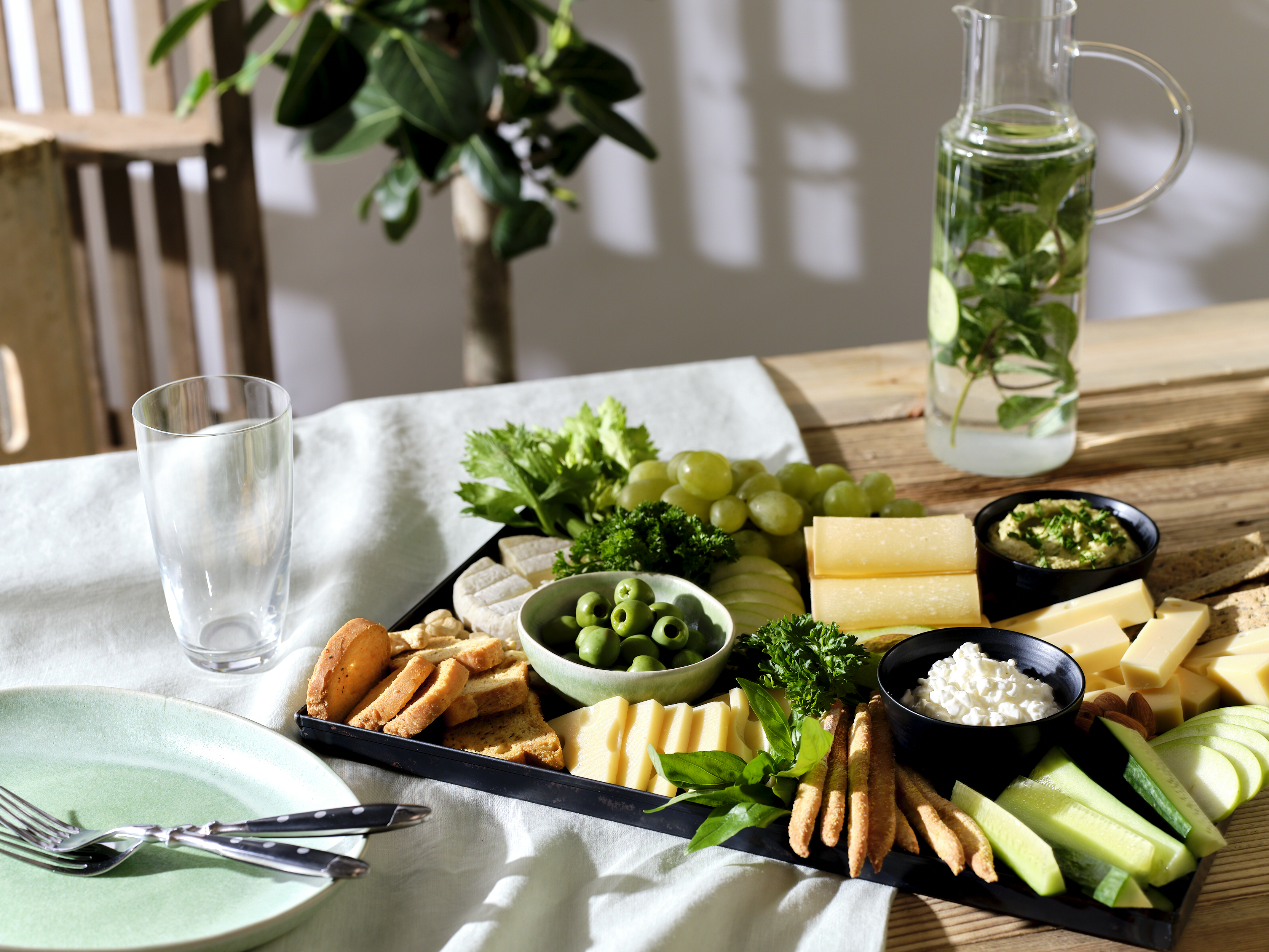
Visual interest
Most cheeses are neutral in colour, not to say pale. If everything is pale on pale, a cheeseboard can look boring. To make your cheeseboard look interesting and attractive, you should consciously work with contrasting shapes and colours to create a varied presentation.
Other foods that go well with the flavour of the cheeses, such as fresh or dried fruit, nuts and crackers, can be used as garnish. When selecting products, care should also be taken to ensure that their decorative character is shown to its best advantage and that they create colour contrasts or provide splashes of colour.
A useful hint: pickled vegetables or tomatoes tend to leak juice – so it is best to present them in small bowls instead of bringing them into direct contact with the cheese. Although (black) olives do not necessarily leak juice, they do stain, which is why direct contact with the cheese should be avoided.
Decoration refers to additional design elements which, unlike the garnish, do not have to be edible. Decorations can be used to great effect to underscore the style of a cheeseboard.
The board itself
Wooden boards, slate or marble slabs are ideal for this purpose. A mirror or sheet of glass can also be used for the board. But beware: once placed on the board, the cheeses leave traces and if you want to reposition them, it takes a lot of cleaning. Caution is advised with silver or stainless steel. They are less suitable as they can change the flavour of the cheese!
Useful advice
- Always leave about a centimetre free at the edge of the board so that it can be picked up.
- If possible, leave a little space between the different varieties on the board.
- Use seasonal garnishes (strawberries in early summer, figs in autumn, etc.).
- Pre-cut the portions before you begin laying out the cheeseboard.
- Always place soft cheeses on their rind, not on the paste of the cheese, otherwise the pieces will stick to the board. For the same reason, the pieces of soft cheese should not touch each other.
- Remove the board from the fridge approx. 30 minutes before serving, to allow the flavour of the cheese to fully develop.
